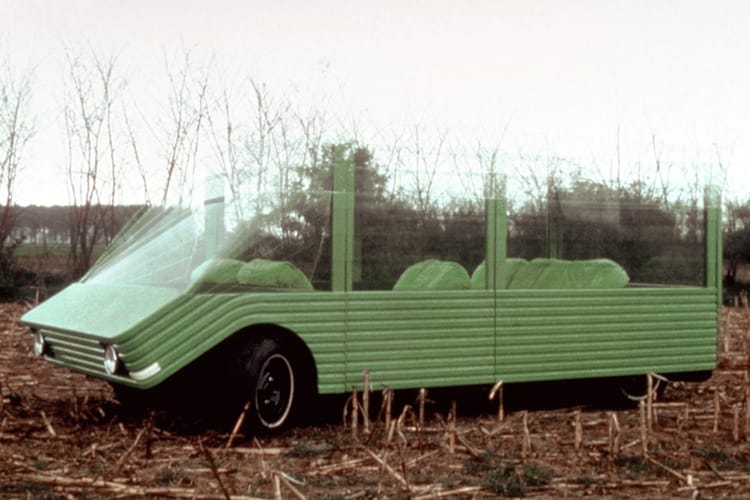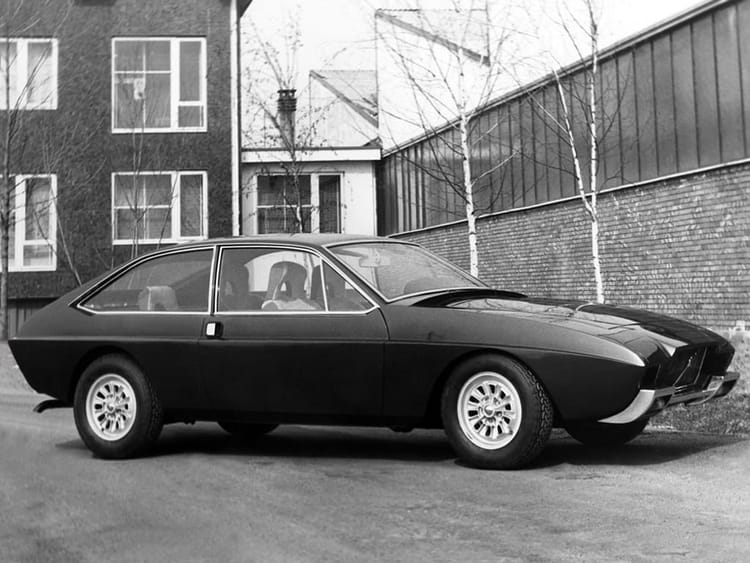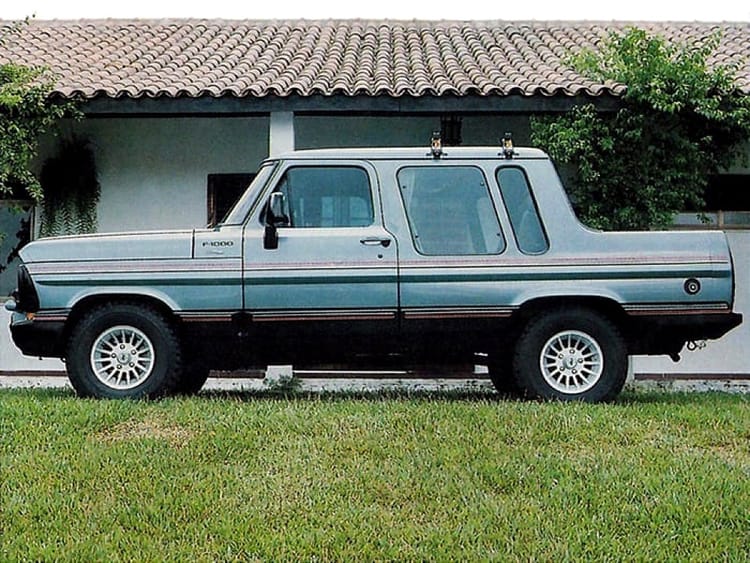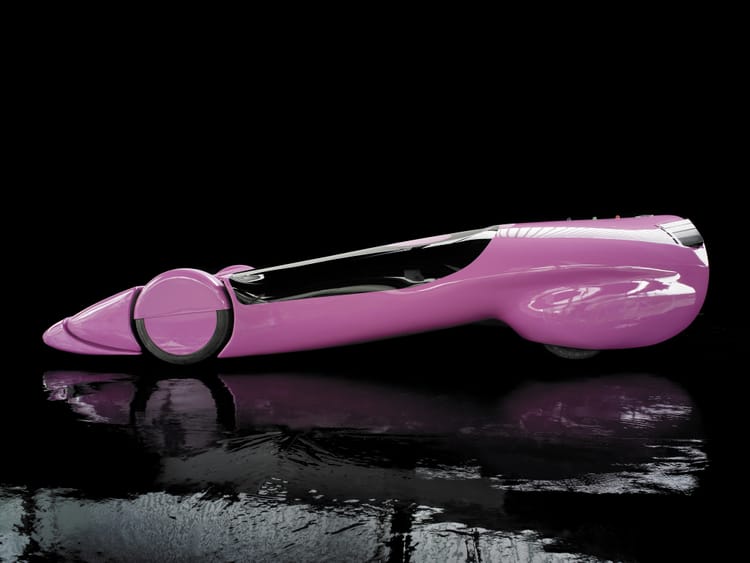Cony Guppy

Should I float the idea of doing a “fish week” where all seven vehicles are named after creatures from the sea. Yeah? Before I throw this bait fish back, let’s take a closer look…
The world was a much simpler place before branding, product planning, and the word synergy. Automakers could objectify women, evoke Native American imagery, show smoking in advertisements, and even offer in-glovebox magnetic shot glasses. Cadillac: Because daddy drinks.
By contrast, in Japan, automakers were just finding their feet after the Second World War. Its roads were filled with new ideas, captive imports — usually knock-down kits of British, French, or American origin — plus a number of quickly-improving domestic designs. Truth is, engineers just didn't know what would be successful, so everything was tried. Fine by me.
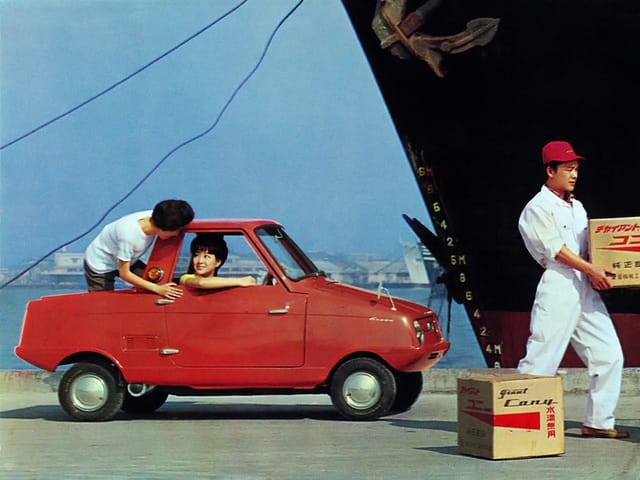

Cony Guppy promotional materials. There’s not much on this truck of approximately ~5,000 produced • Cony
Cony vehicles, built by Aichi Machine Industry Company in Nagoya, took a look at the tax situation, demographics, the lack of fuel available in Japan, and decided to make the Guppy, a practical, two-place…mid-engined…truck.
Seriously. Suicide doors, tiny tires, four-wheel-independent suspension and an even tinier cargo bay, it's incredible that the Guppy was rated to carry 100 kg, or 220 lbs.
Incredible? Well, the reason the mid-mounted engine needed only those tiny air intakes is because it was a mere 2-valve, 1-cylinder…199cc engine.
Output was a stout 11 horsepower.
Fuel consumption? Right around 3.36 L/100km (70 U.S. MPG). The engine was hooked to a torque converter. I'm sure it was quite comfortable when colder weather hit Japan, especially with all of the warm parts mounted just behind the cabin.
A bargain, at ¥225,000 when new in 1961.

